I have created a bar plot from a dataset, which has stacked bars of different values. What I want is that when I click on a box of a bar, to print the dataset that this box is coming from, not the whole dataset. For example in this code
import pandas as pd
import matplotlib.pyplot as plt
from itertools import product
codes = ['A', 'B', 'C', 'D']
months = ['January', 'February', 'March']
years = [2022, 2023]
rows = list(product(codes, months, years))
df = pd.DataFrame(rows, columns=['problem_code', 'month', 'year']).sample(n=20, random_state=42)
month_counts = df.groupby(['month','problem_code']).size().unstack(fill_value=0)
year_counts = df.groupby(['year','problem_code']).size().unstack(fill_value=0)
fig, (ax1, ax2) = plt.subplots(1, 2)
colors = ['blue', 'red', 'green', 'yellow']
# Plot the data for the months
bars1 = month_counts.plot(kind='bar', ax=ax1, stacked=True, color=colors)
# Plot the data for the years
bars2 = year_counts.plot(kind='bar', ax=ax2, stacked=True, color=colors)
plt.show()
print(month_counts)
when clicking on the box corresponding to January-problem code 'A' to show all the rows of the dataset with January as a month with problem code 'A', not the whole dataset. Same for year. Is this possible?
I tried using mplcursors but it doesn't seem to be able to distinct which one of the plots I am clicking on, so if for example I print the index of a box I can get index 1 from both plots.
